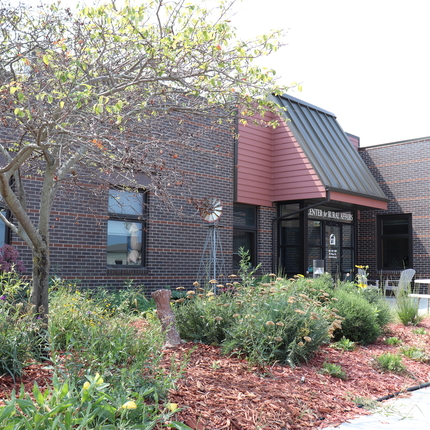By Jordan Feyerherm, former staff member
When attempting to overcome bias, like anything else, knowing is half the battle. While many of us are familiar with the concept of bias, having a deeper understanding of what it is and how it manifests is often the first step in circumventing the negative ramifications. Bias can limit the potential for growth, innovation, and success on both an individual and community wide level. It can affect who we trust, what we value, and limit the scope of possibilities. Being able to recognize situations that bring out bias, and knowing how these biases manifest, is the best way to limit the impact.
When working in a group setting, one of the most common types of biases that we probably have all experienced is known as conformity bias, best described as an individual going along with the opinion of a group, even if that opinion directly contradicts what the individual holds to be true. This can result in a group of people agreeing to something because they feel that's what the overall group believes.
Another ever-present type of bias is referred to as confirmation bias, best described by looking for evidence to back up already held beliefs or opinions. For example, if you are a hiring manager, and you believe that people who attended “school X” are very hard workers, you might overlook or not otherwise question their other qualifications as closely as someone who attended a school you are not familiar with.
Attribution bias is another form, often seen in conjunction with conformity bias. With attribution bias, we see members of our “in-group” (those we see as part of our own cultural group) in a more favorable and forgiving light. If someone from our own in-group makes a mistake, we are more likely to give them the benefit of the doubt or blame outside factors for the shortcoming. On the reverse side of attribution bias, we are more likely to be more critical of members of other groups, attributing mistakes as personal shortcomings or failures.
While all three types of biases have potential negative consequences, they can be avoided by recognizing their common situations and hallmarks. It is important to remember we all have biases, and we can all fall prey to them; however, by understanding how they work and manifest, we can limit the impact they have on our decision making.





